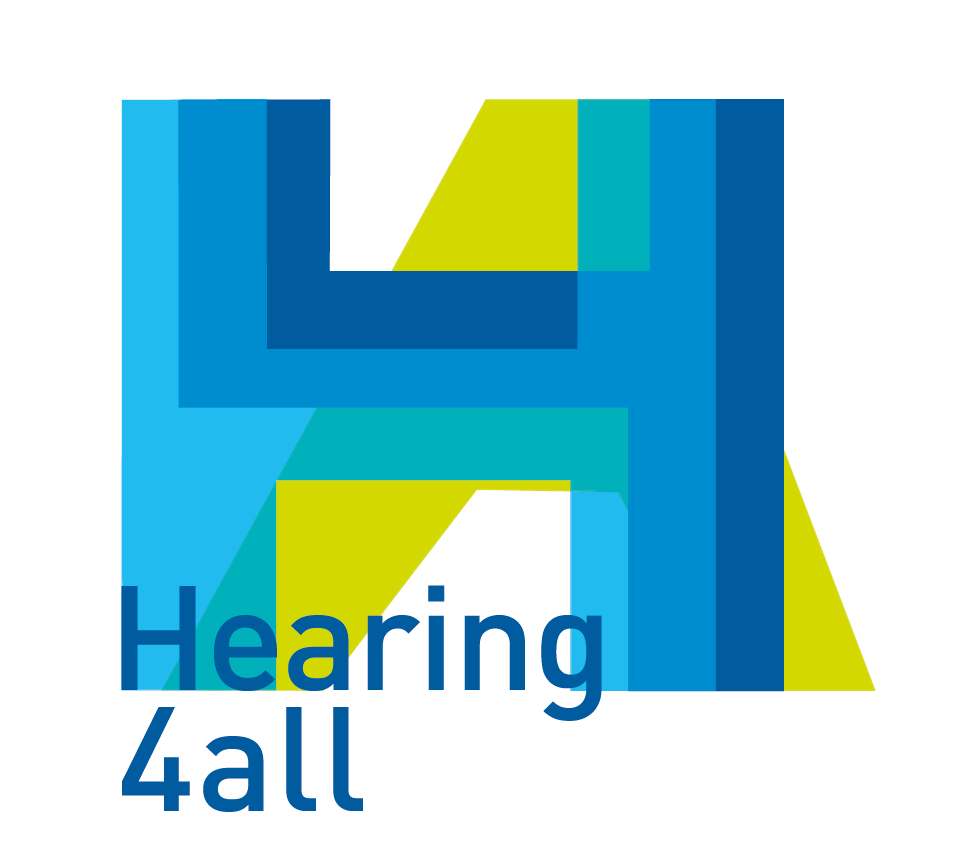Effects of hearing-aid compression on amplitude modulation processing and speech recognition
Despite recent advances in hearing-aid technology, hearing-aid users continue to find it difficult to follow conversations in noisy and reverberant environments. It is hypothesized that some of these difficulties originate from a reduced ability to process the linguistic information conveyed in the temporal envelope waveform. This can be a consequence of damages to the auditory system, or a consequence of the signal processing in the hearing-aid. To investigate this, the relationships between temporal envelope sensitivity, speech recognition and fast-acting wide-dynamic range compression (WDRC, used to account for loudness recruitment) were evaluated in normal-hearing (NH) and hearing-impaired listeners (HI) with a mild to moderately-severe cochlear hearing loss.
Two measures of temporal envelope sensitivity were considered: (i) temporal modulation transfer functions (TMTFs) with tonal carriers where amplitude modulation detection thresholds were obtained as a function of modulation frequency and (ii) “Supra-threshold” modulation-depth discrimination (MDD) thresholds, where the just-noticeable increase in modulation depth from a (supra-threshold) standard modulation depth were measured as a function of the modulation frequency. The frequency of the carrier was either 1 kHz or 5 kHz, and the modulation frequency was between 8 to 256 Hz. To estimate the impact of WDRC, TMTFs and MDD thresholds were obtained with and without WDRC. Speech recognition in both stationary and fluctuating noise was obtained for the same listeners with and without multi-band WDRC using a Danish version of the hearing in noise test (HINT).
Lower modulation detection thresholds were obtained for the HI listeners compared to the NH listeners at low modulation frequencies for the 5 kHz carrier, possibly as a consequence of reduced auditory peripheral compression. Conversely, elevated MDD thresholds were obtained for the HI listeners compared to the NH listeners. The latter result indicates that hearing-impairment can be associated with a reduced fidelity of supra-threshold temporal envelope coding. No relationship between temporal envelope sensitivity and the benefit of fast-acting WDRC in speech recognition was found. However, a strong relationship between temporal modulation discrimination and speech recognition was observed for the NH listeners. In contrast, no corresponding relationship was observed for the HI listeners. This indicates that, even though the fidelity of supra-threshold temporal envelope coding is reduced, other limitations in the damaged auditory system, such as reduced frequency resolution, seem to be more detrimental and thereby limiting factors in relation to speech recognition.
Warning: Use of undefined constant s - assumed 's' (this will throw an Error in a future version of PHP) in /home/spinnluxnr/www/2017/pages/programme.php on line 208


